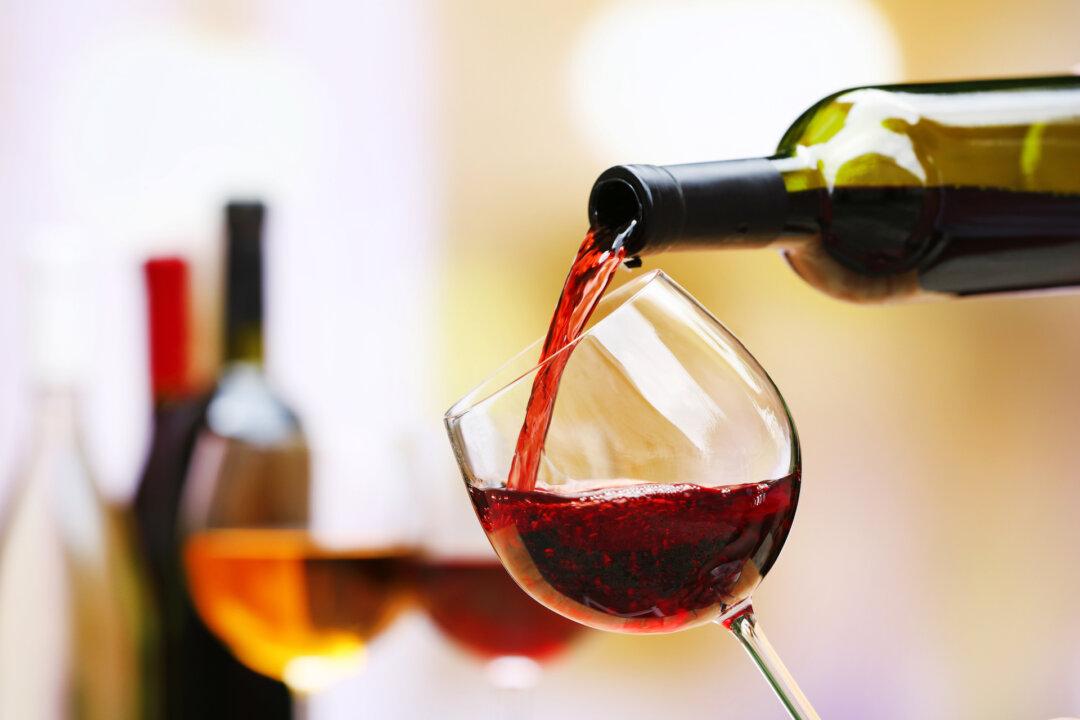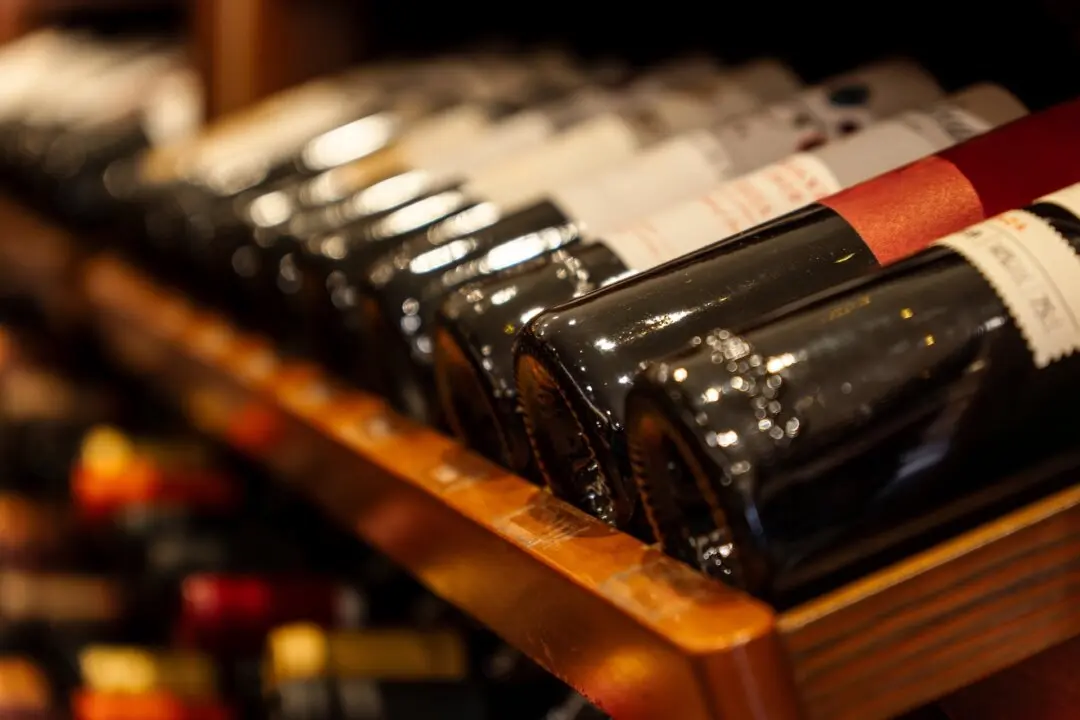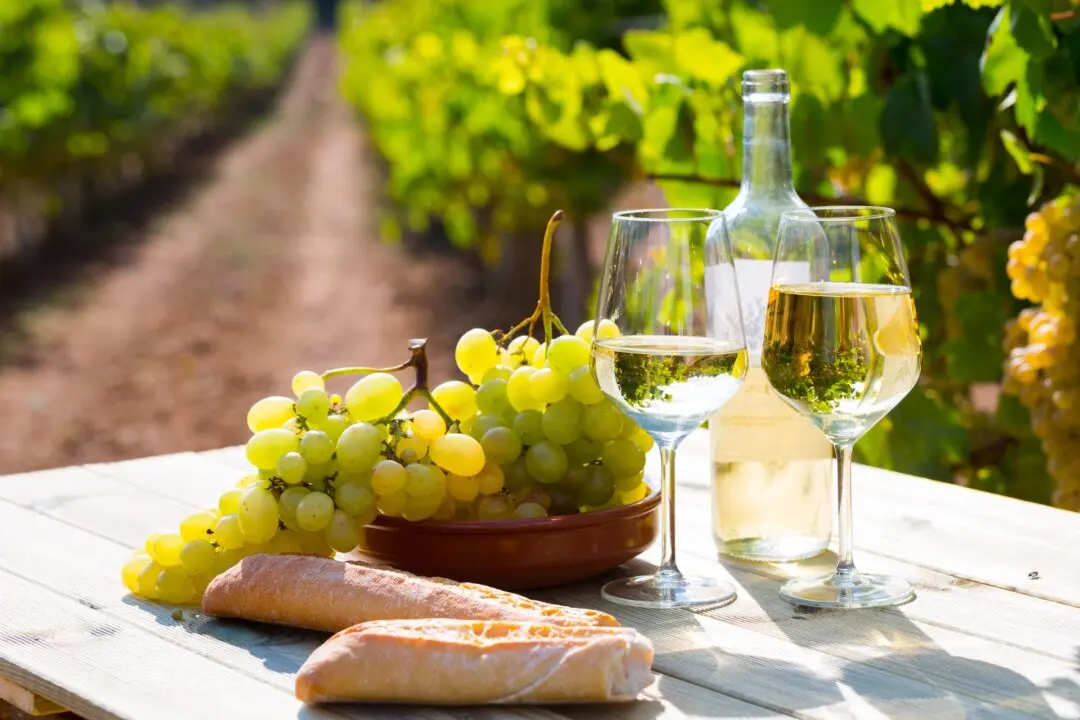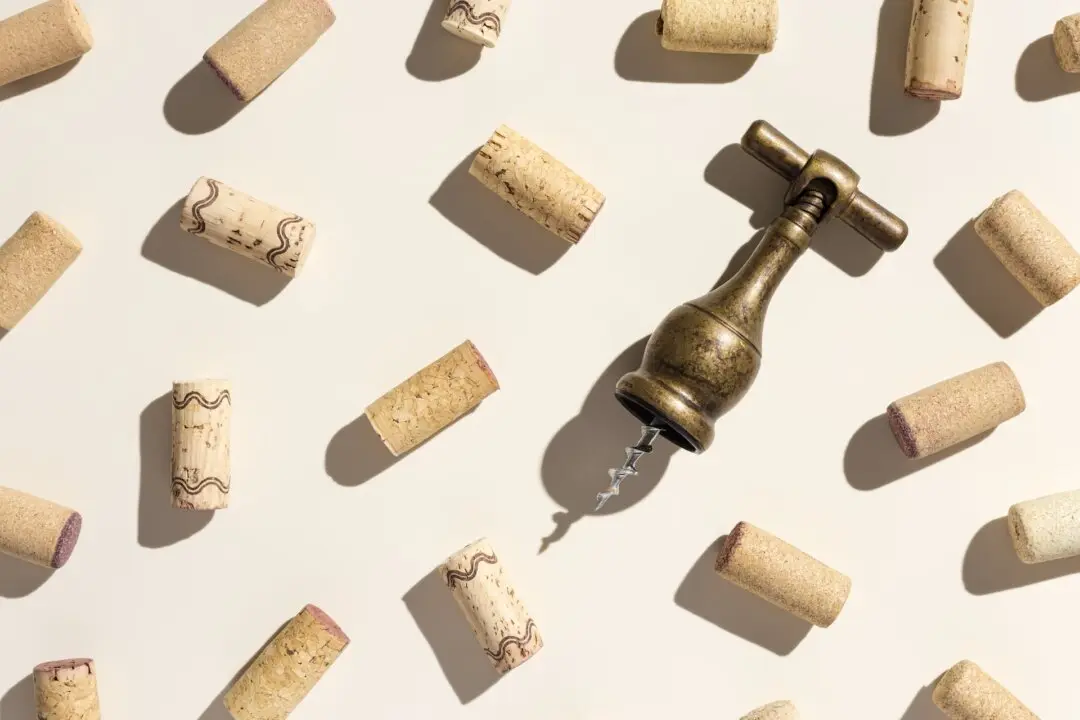Wine is a simple beverage, primarily composed of the juice from grapes; the alcohol comes from the sugars in those grapes after fermentation.
Basically, that’s it. Yeast is added to create the fermentation (Louis Pasteur discovered this in 1857), but it’s removed before you buy a bottle. And yes, some wines (mainly reds) are aged in oak barrels to give the wine maturity or flavor.





